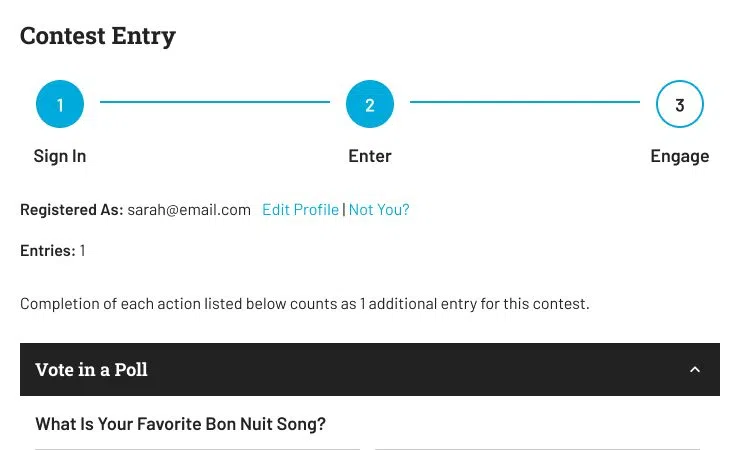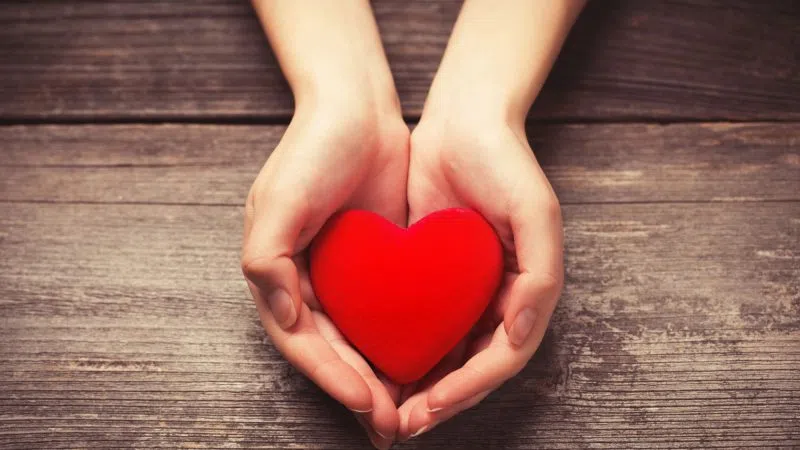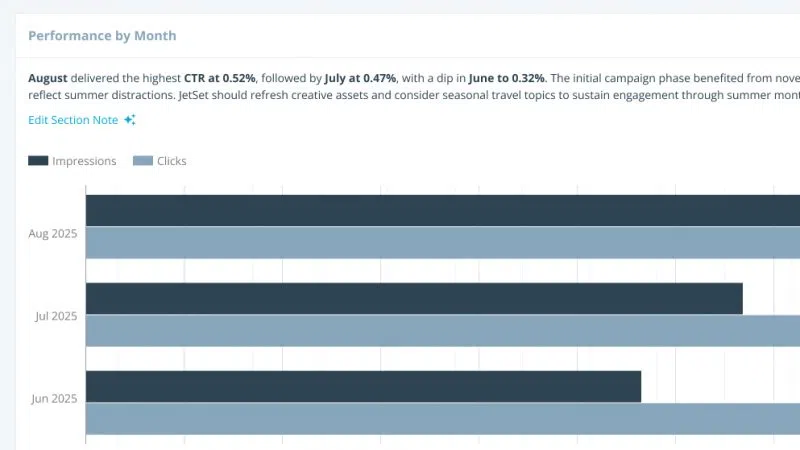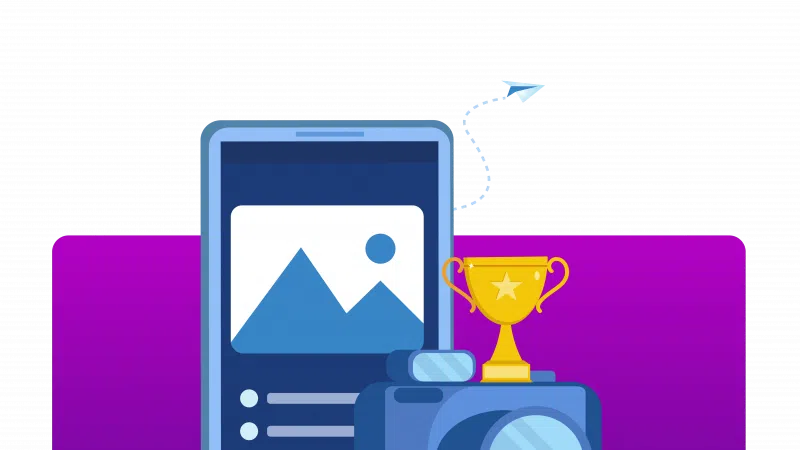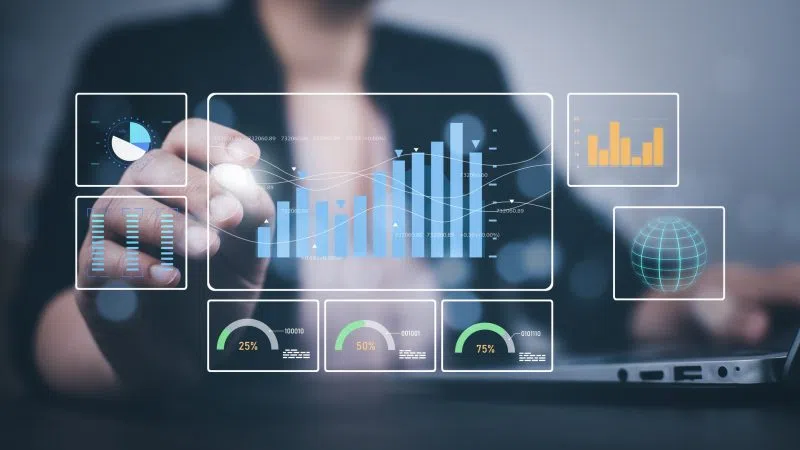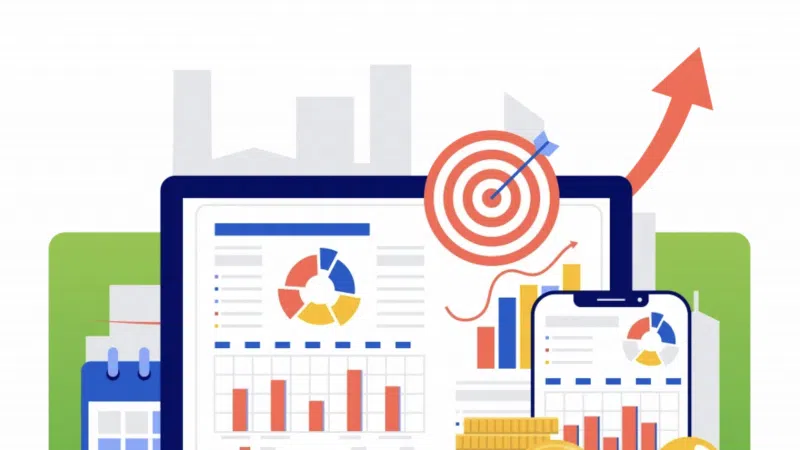In a world obsessed with staying connected, nothing creates more anxiety than the sudden silence of our digital lifelines—no Wi-Fi, no cell service, no social media. But in those moments of darkness, radio steps in as the irreplaceable force that soothes and connects communities when they need it most.
Imagine this: a powerful storm slams into your city. The winds howl, the power flickers, and then—just like that—your internet is gone. Your phone shows “No Service,” Wi-Fi routers blink with dead signals, and the digital world you’ve relied on for news, social media, and contact with loved ones goes silent. Panic sets in. How will you know what’s happening? How will you stay in touch with your community? Will you even know when it’s safe again?
This scenario is more common than we’d like to think. Whether it’s a hurricane, tornado, or massive snow storm, environmental crises have a way of wiping out our modern communication systems. Suddenly, the same technology that makes us feel connected is useless. And this is where radio—often overlooked in our digital age—rises to the occasion.
While we anxiously wait for our digital world to come back online, radio becomes the lifeline that keeps us informed, reassured, and connected to our community. Here’s how radio’s unique value propositions soothe the fear of missing out (FOMO) and ease the anxiety of isolation during a crisis:
1. Reliability When Digital Goes Dark
In the middle of a storm, when the power grid fails and cell towers go down, your phone and internet can leave you stranded. This creates a profound sense of FOMO—cut off from the world just when you need information the most. But even when everything else goes dark, radio stays on. With battery-powered or car radios, you can still tune into critical, real-time updates.
Unlike the fragile infrastructure of digital media, radio offers a continuous stream of information even when the rest of the world goes silent, keeping you informed and alleviating anxiety in the most desperate moments.
2. Localized, Real-Time Updates You Can Count On
When disaster strikes, what you need isn’t just any news—you need local news. You need to know what’s happening in your neighborhood, on your street, and whether it’s safe to stay put or evacuate. National news or pre-recorded content can’t deliver that. But local radio stations excel at providing hyper-local, real-time updates that directly affect your community.
During Hurricane Milton, for example, Flagler Broadcasting’s stations were the only ones offering up-to-the-minute reports about small towns like Flagler Beach, while national outlets focused elsewhere. Radio stations like this become a trusted voice in the storm, delivering exactly the information that matters most to people in the immediate area.
3. Connection To The Community Through Two-Way Communication
When you’re isolated and cut off from the world, hearing a familiar voice or knowing others are experiencing the same thing can make all the difference. Radio provides a two-way communication channel that lets listeners share their experiences, ask questions, and receive direct feedback. During Hurricane Milton, Q105’s Todd Schnitt took live calls from listeners, providing real-time interaction and firsthand accounts of storm damage across the Tampa Bay area.
This interaction calms fears and connects communities, providing a much-needed sense of togetherness during times of uncertainty—something digital media can’t always offer, especially when it’s down.
4. Seamless Coordination With Local Authorities
In an environmental crisis, rumors can spread, and misinformation can cause panic. That’s why getting accurate, vetted information is critical. Local radio stations often work hand-in-hand with emergency services and government officials, ensuring the public hears the most accurate and current information available.
During Hurricane Milton, local stations like WNZF-AM in Palm Coast interviewed local officials to deliver real-time updates directly from the source. In a time when fake news can run rampant on social media, radio’s close coordination with authorities helps keep people safe, informed, and reassured with facts—not rumors.
5. Accessibility For Everyone
Not everyone has access to high-speed internet or even a smartphone, especially in more remote areas. And during a disaster, those tools may be rendered useless. But radio is universally accessible—anyone with a simple receiver or car radio can tune in, no matter where they are. Radio doesn’t require complex technology; it just works, making it a lifeline for communities that have been cut off from digital networks.
This ease of access ensures that no one is left in the dark, bringing information to every corner of the community, even when digital media fails.
6. Emotional Comfort and Reassurance
Disasters create chaos, but there’s something uniquely calming about hearing a trusted, familiar voice during these times. Local radio hosts become emotional anchors in a sea of uncertainty, offering reassurance when fear is high. During Hurricane Milton, hosts like Johnny Magic and Todd Schnitt didn’t just report the facts—they provided comfort, reminding listeners that they weren’t alone in their experience.
In a crisis, radio is more than just a news outlet—it’s a companion, helping ease the psychological toll that disasters take on communities. While digital media can feel cold and disconnected, radio’s human touch helps soothe anxiety and restore a sense of normalcy.
As the CEO of SoCast, a company focused on making digital easy for broadcasters, it may seem ironic to sing the praises of a medium as old-school as radio. But the truth is, radio offers something unique that no digital platform can replicate in times of crisis—reliability, accessibility, and human connection. And while I’m deeply invested in the digital transformation of media, I also recognize the enduring power of traditional radio, especially in moments when the digital world goes dark.
The key moving forward isn’t to abandon radio for digital but to bridge both. By combining the resilience and immediacy of radio with the reach and interactivity of digital platforms, broadcasters can create a seamless experience that keeps communities connected no matter what. The secret sauce is blending on-air broadcasts, digital tools, and on-the-ground community engagement to provide the most complete, effective media experience possible.
Radio remains the lifeline when disaster strikes—but when paired with digital, it becomes an even more powerful force for good, keeping people informed, calm, and connected until the digital world comes back online.


